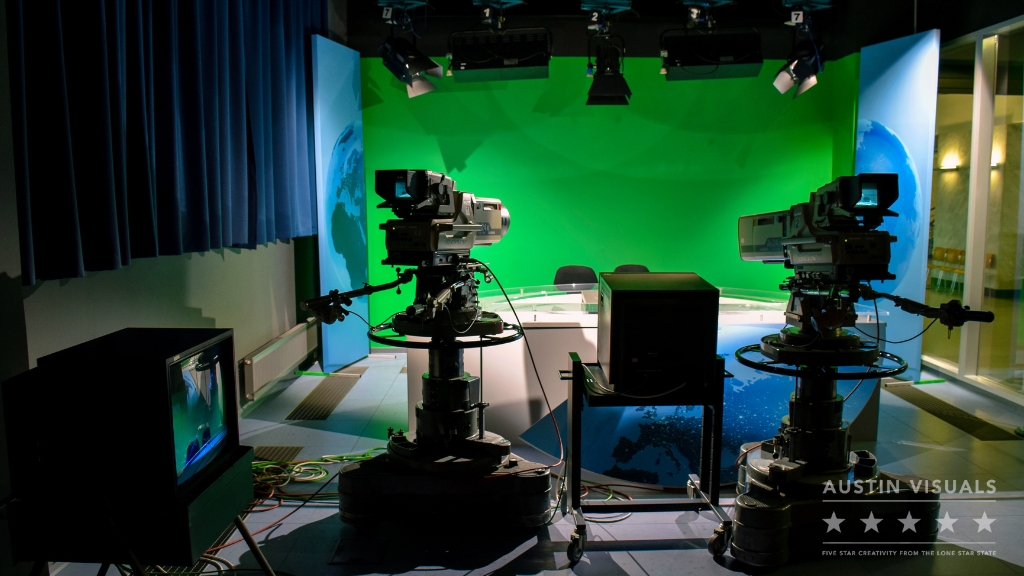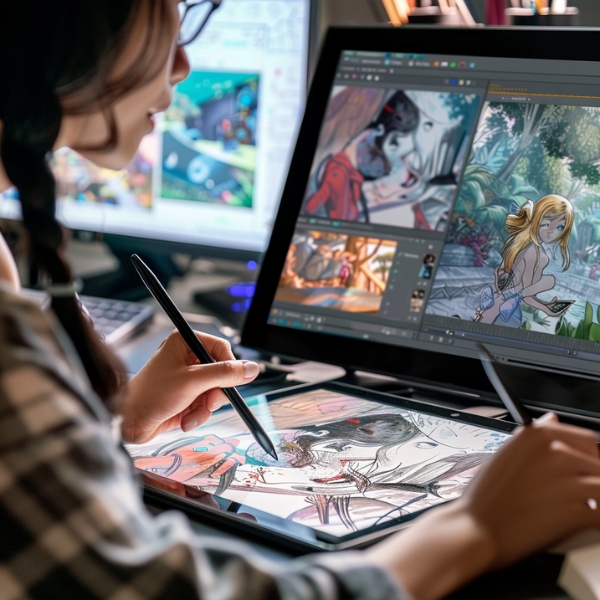
Introduction
A 3D animation studio is a creative hub where ideas are transformed into captivating visual stories through the art of 3D animation. These studios play a crucial role across various industries, including entertainment, marketing, education, and technology, bringing concepts to life with vivid, engaging animations. Austin Visuals is a leading 3D animation studio renowned for its innovative approach and expertise in delivering high-quality animations tailored to diverse industry needs. Understanding the intricate operations of a 3D animation studio provides valuable insights into the detailed process behind these compelling visuals. This blog aims to offer an insider’s perspective on the daily workflow within a 3D animation studio, showcasing the dedication and expertise involved in producing high-quality animations.
If you’re interested in learning more or have a project in mind, contact us at [email protected]. Let’s bring your ideas to life with our expert 3D animation services.
Early Morning: Team Briefing and Project Planning
Each day at a 3D animation studio begins with a team gathering for the morning meeting. This vital session sets the tone for the day, ensuring that everyone is aligned and ready to tackle their tasks. The project planning process is meticulously discussed, with team members collaborating to outline the day’s objectives and milestones. Tasks are assigned based on individual strengths and project needs, ensuring a smooth workflow and efficient progress. Daily goals are set to keep the team focused and motivated, fostering a productive and dynamic work environment. This structured approach helps maintain a clear vision and direction for each project, enabling the studio to consistently deliver high-quality animations.
Mid-Morning: Concept Development and Storyboarding
The mid-morning phase at a 3D animation studio is dedicated to concept development and storyboarding. This stage is crucial as it lays the foundation for the entire project. During concept development, the team brainstorms ideas, creates initial sketches, and outlines the narrative structure. This phase requires close collaboration between directors, artists, and writers to ensure the vision is cohesive and compelling.
Storyboarding follows, where scenes are visualized in a sequence of illustrations. These storyboards serve as a blueprint for the animation, detailing the flow of action, camera angles, and key moments. This step is vital in 3D animation as it helps to foresee potential challenges and align the team on the project’s direction. The collaborative effort during this phase ensures that the final animation will be both visually stunning and narratively engaging.
Late Morning: Modeling and Texturing
In the late morning, the focus shifts to 3D modeling and texturing. This stage involves creating detailed digital models of characters, environments, and objects that will be featured in the animation. The 3D modeling process starts with creating a basic shape, often called a mesh, and then refining it to add intricate details and achieve the desired look.
Common tools and software used in this phase include industry standards like Autodesk Maya, Blender, and ZBrush. These powerful programs enable artists to sculpt and manipulate models with precision, ensuring every detail is meticulously crafted.
Texturing follows the modeling process, adding color, patterns, and surface details to the models. This step is crucial as it enhances the realism and visual appeal of the 3D objects. Textures can range from simple colors to complex patterns that mimic real-world materials like wood, metal, or fabric. The combination of detailed modeling and sophisticated texturing brings the digital creations to life, making them look both believable and captivating on screen.
Early Afternoon: Animation and Rigging
In the early afternoon, the team focuses on animation and rigging. Animation is the process of bringing characters and objects to life by creating movement. This phase involves setting keyframes to define the start and end points of any movement and then using software to interpolate the frames in between. The goal is to create fluid, believable animations that enhance the story.
Rigging is crucial for character movement. It involves building a digital skeleton (rig) that can be manipulated to move the character. This skeleton is then linked to the 3D model, allowing animators to control the character’s movements precisely. Techniques such as inverse kinematics and weight painting are used to ensure the rig responds realistically to various actions, whether it’s a simple walk cycle or an elaborate dance sequence.
Mid-Afternoon: Lighting and Rendering
Mid-afternoon is dedicated to lighting and rendering, critical steps in the 3D animation process. Lighting sets the mood and tone of the scene, adding depth and realism. Artists place virtual lights in the 3D environment, adjusting their intensity, color, and position to achieve the desired effects. Proper lighting can dramatically enhance the visual appeal and emotional impact of the animation.
Rendering is the process of generating the final image or animation from the 3D model. This involves converting the 3D scene into 2D images, taking into account all lighting, shading, and texture details. Rendering can be time-consuming and requires significant computational power, but it is essential for producing high-quality visuals. The final render combines all the elements—models, textures, lighting, and effects—into a polished, cohesive piece.
Late Afternoon: Review and Feedback
In the late afternoon, the team gathers to review the day’s work. This review process is vital for maintaining high standards and ensuring the project stays on track. Team members present their progress, and constructive feedback is provided by peers and supervisors. This collaborative environment fosters continuous improvement and innovation.
Adjustments are made based on the feedback received, refining animations, textures, and other elements to enhance the overall quality. This iterative process helps identify any issues early on, allowing for efficient resolution and maintaining the project’s momentum. The review and feedback stage is essential for ensuring the final product meets the highest standards of excellence.
Evening: Final Touches and Preparations for the Next Day
As the day draws to a close, the team focuses on adding final touches to the day’s work. This involves refining details, polishing animations, and ensuring that all elements align seamlessly. Artists review their work meticulously, making subtle adjustments to enhance the overall quality and coherence of the project.
Saving and backing up projects is a crucial step in this phase. Ensuring that all files are securely stored and backed up protects the day’s progress against any potential data loss. This practice maintains the integrity of the project and ensures that all work is preserved for future reference and continued development.
Finally, the team briefs for the next day’s tasks. This involves setting priorities, outlining objectives, and assigning responsibilities. Clear communication and planning help streamline the workflow and set the stage for productive and efficient work the following day. This structured approach ensures that the team remains focused and aligned with the project’s goals, facilitating a smooth and continuous creative process.
Conclusion
The daily workflow in a 3D animation studio is a dynamic and collaborative process involving meticulous planning, creative development, and technical execution. Each stage, from morning briefings to final touches in the evening, highlights the dedication and expertise of the team. The collaborative nature of the work ensures that every project benefits from diverse skills and perspectives, resulting in high-quality animations that captivate and inform audiences.
Understanding the effort behind 3D animations helps to appreciate the artistry and precision required to bring complex concepts to life. The seamless integration of various stages, from concept development to rendering, showcases the studio’s commitment to excellence and innovation.
If you have a 3D animation project, contact us today. We are ready to bring your vision to life with our expertise and dedication. Reach out to us at [email protected].







